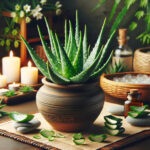Introduction to Aloe Arenicola
Welcome to the remarkable world of Aloe arenicola, commonly known as sand aloe—a resilient plant species that has mastered the art of thriving in sandy environments. This succulent treasure, though often unnoticed, has developed remarkable strategies to flourish where few others can.
Origins and General Characteristics
Aloe arenicola hails from the arid regions where sandy soils are prevalent. Unlike other plants that might struggle in such coarse, well-draining conditions, sand aloe has turned this adversity into its playground. With fleshy, water-storing leaves and a robust root system, Aloe arenicola stands as a testament to nature’s ingenuity.
Adaptation to Sandy Habitats
The sand aloe’s unique adaptation to life in the sand is a ballet of survival, with each movement meticulously choreographed by evolution. Each leaf, thick and succulent, is a reservoir of hydration, a lifeline in its dry and unforgiving home. The aloe’s roots, meanwhile, dive deep into the sandy substrate, anchoring the plant and seeking out every drop of moisture available.
Imagine a windswept desert, the sun a relentless overseer, and there, standing defiant against the elements, is the sand aloe. Its mere presence is a testament to its resilience. Garden enthusiasts often seek out Aloe arenicola for its low-maintenance nature and its ability to add a touch of the exotic to the home.
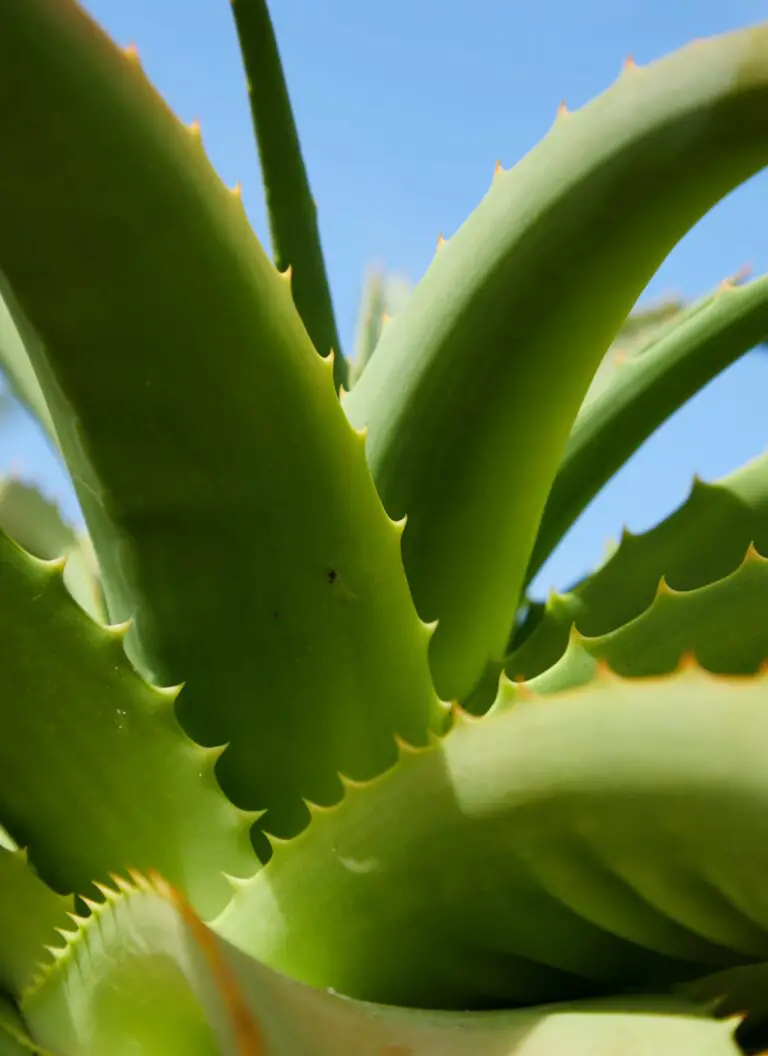
So when you next contemplate this humble yet robust plant, take a moment to admire its quiet strength. Aloe arenicola doesn’t just survive; it prospers, exemplifying life’s relentless pursuit of existence across our planet.
Botanical Profile
Delve into the world of Aloe arenicola, known colloquially as the sand aloe, and uncover the botanical marvels of this dessert aficionado. Imagine a resilient succulent, thriving where few dare to take root. Aloe arenicola, indeed, is an epitome of such tenacity.
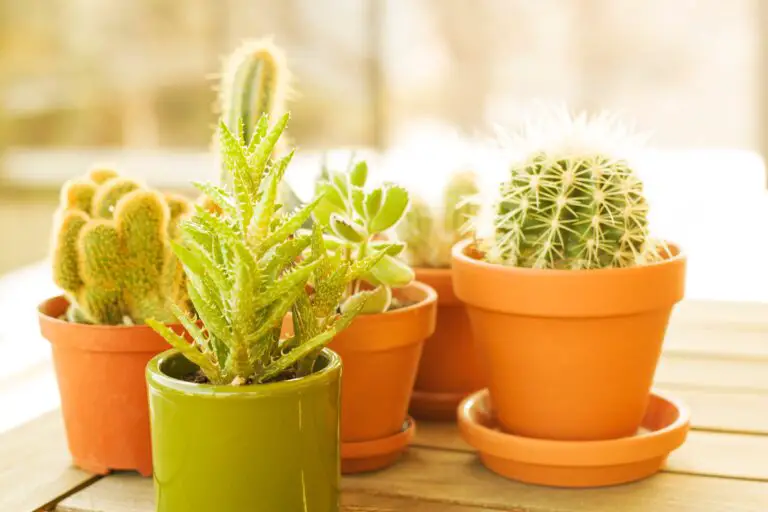
Belonging to the expansive Aloe genus, Aloe arenicola holds its own with remarkable characteristics. Botanically, it finds itself nestled within the Asphodelaceae family, a lineage known for species well-suited to arid environments. Its physical appearance is striking—long, blue-green leaves that wear a mosaic of white spots on their surfaces like a stunning, natural tapestry.
The leaves, edged by pristine white teeth, not only add texture but also serve as a defense mechanism against herbivores looking for a succulent snack. In times of environmental stress, a magical transformation occurs, with the leaves blushing a deep red, as if the plant is lit from within.
Flowers of the Aloe arenicola are just as enchanting. Born atop stately, towering spikes, they imbue the surroundings with bursts of vibrant orange-red hues. As if aware of their visual impact, these blossoms artfully contrast against the muted tones of their desert dwelling.
The growth pattern of Aloe arenicola is quite the spectacle. It typically grows in clumps, sending out stems that lay flat or climb with an almost rhythmic grace, creating an architectural statement in the sandy plains they favor. Witnessing a cluster of these aloes in bloom is akin to observing a carefully choreographed botanical ballet—each plant’s posture poised yet wild.
Scientific Classification
In the scientific tapestry of life, Aloe arenicola is meticulously classified, allowing botanists and enthusiasts alike to track its lineage and relatives. But don’t let the jargon intimidate you; it’s just nature’s way of keeping a family tree organized. This succulent doesn’t just survive in its habitat; it thrives, painting the sandy landscapes with a robust palette of desert greens and sunset blooms.
Aloe arenicola opens our eyes to the remarkable adaptability and sheer life force that plants can possess. Its existence in the arid, sandy realms it calls home is a testament to the wonders of evolution and the ceaseless march of life, adapting to even the most demanding of earth’s offerings.
Ecological Niche: The Sandy Realms of Aloe Arenicola
Imagine a landscape of rolling dunes, a symphony of windswept sands, and the serene yet rugged beauty of the desert. This is the world where Aloe Arenicola, our sand-loving succulent, expertly carves its ecological niche. Thriving in arid, sandy environments, this hardy plant has adapted to not just survive, but to play a pivotal role in its native ecosystem.
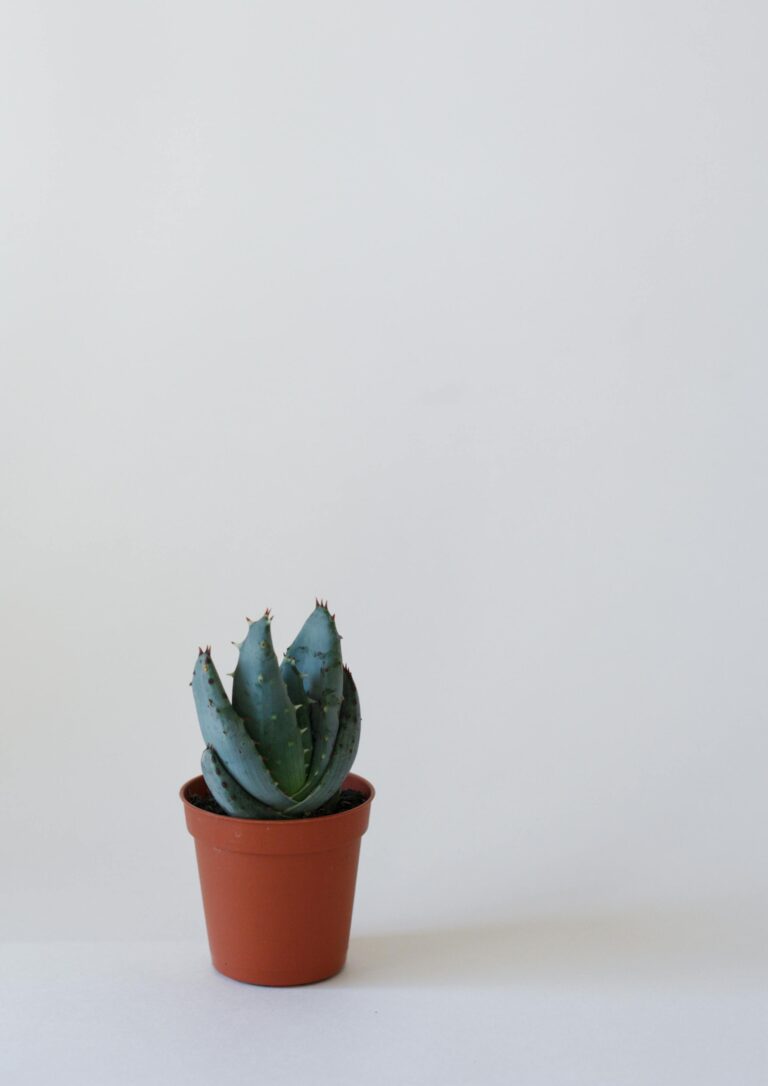
The roots of Aloe Arenicola dig deep into the sandy soil, anchoring itself against the harsh desert gusts. Here in its natural habitat, it is more than a mere survivor—it’s an ecological engineer. By maintaining soil stability, it prevents erosion, safeguarding the delicate balance of the desert biome. Thanks to this plucky plant, the sandy substrate preserves its form, allowing other species to call this place home too.
The Desert’s Green Guardian
Amidst the desert’s arid embrace, Aloe Arenicola stands as a beacon of life, offering vital resources to a diverse array of desert dwellers. From the shelter seeking lizards to the nectar hunting bees, it provides sustenance and sanctuary. Its succulent leaves are reservoirs of moisture, offering a critical water source in an environment where every drop counts.
In a perpetual dance with the sun, this succulent’s photosynthetic prowess enriches the sandy soil with organic matter, nurturing the ground it stands on. Its presence signifies the thrumming heart of the desert’s life, contributing to the energy flow of the ecosystem. It is in these sandy stretches that Aloe Arenicola weaves the web of life, binding the biotic and abiotic into a thriving existence.
A Symphony in the Sand: Aloe Arenicola’s Ecosystem Impact
While Aloe Arenicola’s domain is the desert, its influence resonates through the food web. The plant’s succulent leaves not only nourish the fauna but are a canvas for complex ecological interactions. It is a participant in a grander ecological symphony, where each species plays its part, and Aloe Arenicola’s role is as crucial as any other’s.
The very sands that challenge other forms of life are the stage for Aloe Arenicola’s ecological performance. In the ecosystems it inhabits, it stands as a testament to the resilience of life, to the wonders of adaptation, and to the intricate dance between the living and the non-living. Its secret to thriving in such demanding conditions is a blend of resilience, adaptability, and ecological harmony—an artful mastery that only nature can choreograph.
Cultivation and Care
If you’re intrigued by the remarkable Aloe Arenicola, getting the cultivation and care just right can turn your gardening experience into a sandy success story. Join me as we dig into the essentials of nurturing this fascinating succulent.
Soil Preferences: Setting the Foundation
To mimic the Aloe Arenicola’s natural habitat, create a sandy haven that provides excellent drainage. Imagine the arid nooks it calls home, and aim to replicate that by blending a commercial cactus mix with gritty sand or perlite. A planter who nailed this mix is Carol from Santa Fe, who swears by her “secret recipe” for the perfect Aloe Arenicola bed – she mixes two parts cactus mix with one part coarse sand. And believe me, her Aloe Arenicola flourishes like they’re in the Sahara!
Watering Needs: A Delicate Balance
It’s a tightrope walk with water when it comes to Aloe Arenicola. This plant calls for a ‘soak and dry’ approach, where you drench the roots but then allow the soil to almost completely dry out between watering sessions. My neighbor, Tom, learned the hard way after losing a couple of plants to root rot. Once he switched to this technique, his Aloe Arenicola bounced back within weeks, standing tall and resilient.
Sunlight Requirements: Basking in the Right Rays
Aloe Arenicola loves to sunbathe, but not to the point of getting a sunburn. Aim for bright, indirect sunlight for the majority of the day, with some direct morning light. I recall visiting a community garden in Tucson where they had aloes positioned under high canopies, receiving dappled sunlight – it was Aloe Arenicola paradise! Those plants exhibited the most vibrant greens and healthiest growth I’ve ever seen.
Temperature Tolerances: Warm and Cozy
These succulents prefer the warmer side of the thermometer, thriving ideally in temperatures between 60 – 85°F (15 – 29°C). So, when Jack Frost is in town, make sure your Aloe Arenicola is wrapped up indoors, away from cold drafts and frosty windows. My friend Lisa in Denver uses a simple indoor grow light to give her plants that extra warmth and light boost during the chilly months, and they reward her by staying perky and green all year round.
For visual learners, here’s a video to guide you on your Aloe Arenicola journey:
Health Benefits and Uses of Aloe Arenicola
When we talk about natural remedies, there’s something enchantingly potent about the Aloe Arenicola. This hardy desert dweller, lovingly embraced by sandy terrains, is not just about exotic looks. Beneath those spiky leaves lies a treasure trove of wellness benefits that have captivated herbal medicine practitioners for years. So, what’s the fuss about this sand-loving succulent? Let’s dig into the details.
Traditional Herbal Medicine and Aloe Arenicola
Long before the advent of modern medicine, traditional healers looked to nature’s bounty for cures. Aloe Arenicola, a lesser-known cousin of the ubiquitous Aloe Vera, has held its ground in the herbal medicine arena. Its juice and gel have been applied to soothe minor burns, ward off skin infections, and hydrate parched skin with remarkable success. Imagine the relief of a cool aloe gel on sunbaked skin—a true oasis in the desert of discomfort!
Scientific Research on Aloe Arenicola’s Properties
Fast forward to today, and you’ll find that science is beginning to unravel the mystique of Aloe Arenicola. Preliminary studies suggest that this plant is a goldmine of bioactive compounds, including vitamins, enzymes, and amino acids which are essential building blocks for health. Research is pointing towards its immunomodulatory potential, meaning it could be a player in tweaking the body’s immune responses to its advantage.
In a world where the buzz around ‘superfoods’ can be deafening, Aloe Arenicola whispers its presence through its ability to potentially support digestive health. There’s ongoing exploration into its impact on gut flora, which could translate into a happier belly and better nutrient absorption. It’s like having a personal garden of wellness inside you, thanks to a bit of succulent magic!
While we’re still on the frontier of fully understanding every nuance of Aloe Arenicola’s health benefits, what’s clear is that this plant is more than just a pretty face in the succulent world. It’s a beacon of natural healing that could offer much-needed support in a world filled with synthetic solutions. Just imagine: a plant that has thrived in the arid wilderness being a source of nurturing for our own bodies! The harmony between nature and health couldn’t be better exemplified.
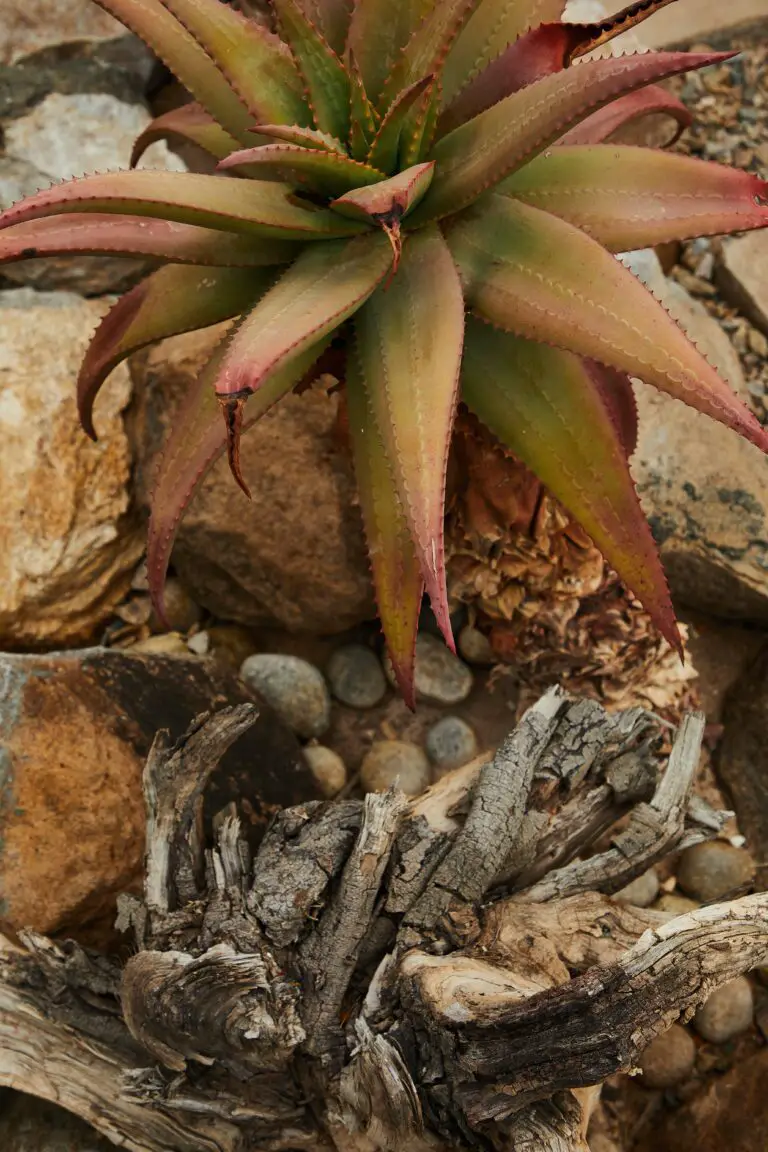
While the scientific community continues to explore the full spectrum of benefits, enthusiasts are already giving Aloe Arenicola its well-deserved spotlight. And as each new discovery unfurls, we get closer to understanding how this sand-loving marvel works its silent, salubrious charm in the tapestry of natural wellness.
Propagation Methods
Ready to dive into the world of Aloe arenicola, the sand-loving succulent? Propagation might seem like horticultural wizardry, but fear not! Whether you’re a seasoned green thumb or a newbie plant parent, let’s unravel the magic together. This journey will take us through the steps of propagating Aloe arenicola from either seeds or cuttings, pinpointing the best time to do so, and arming you with tips to ensure your propagation triumphs.
Propagating from Seeds
Picture this: tiny seeds sprouting into robust Aloe arenicola plants. It starts with sourcing quality seeds. Spring is your best bet for sowing; let’s say it’s ‘sow time’! Prep a well-draining, sandy soil mix, sprinkle the seeds on top, lightly cover with sand, and water with a gentle touch. Patience is your ally here—seedlings may take several weeks to greet you. Place them in a warm, sunny spot, but remember, they’re not sun-worshippers yet, so some shade is appreciated.
Propagating from Cuttings
Next, we have the cuttings route—think of it as plant cloning in your living room. Scout for a healthy donor Aloe arenicola plant and snip a leaf at the base. Now, this isn’t a race; let that cutting dry for a few days to form a callous—which is just a fancy word for a healing scab. Once it’s ready, anchor it into a similar sandy mix, water sparingly, and wait for the roots to take hold. Bright, indirect light will coax out those roots. Voilà, a mini-me plant!
Want to see it in action? Check out this video that, while not featuring Aloe arenicola specifically, will give you some succulent insights that apply to our sandy friend too.
Now that you’re equipped with the basics of propagation, don’t forget that the true secret to growth is in the follow-through. Watch for pests, provide the right light, and ensure the little guys aren’t too thirsty or drowning in love (water). With these tips and some propagation prowess, you’ll have a thriving Aloe arenicola in no time!
Conservation Status of Aloe Arenicola
When we talk about the robust Aloe arenicola, commonly known as the sand-loving succulent, it’s not just another plant in the vast world of flora. This species thrives in the gritty embrace of sandy environments, a testament to its incredible adaptability and resilience. But even the tough have their vulnerabilities.
Threats to a Resilient Species
Despite its hardiness, Aloe arenicola faces threats that even its spiky leaves and deep roots can’t ward off. Habitat destruction, spurred by expanding human activity and land development, gnaws away at the places this species calls home. Climate change, too, adds another layer of uncertainty, altering precipitation patterns and intensifying weather events that can wreak havoc on the delicate balance these succulents need to survive.
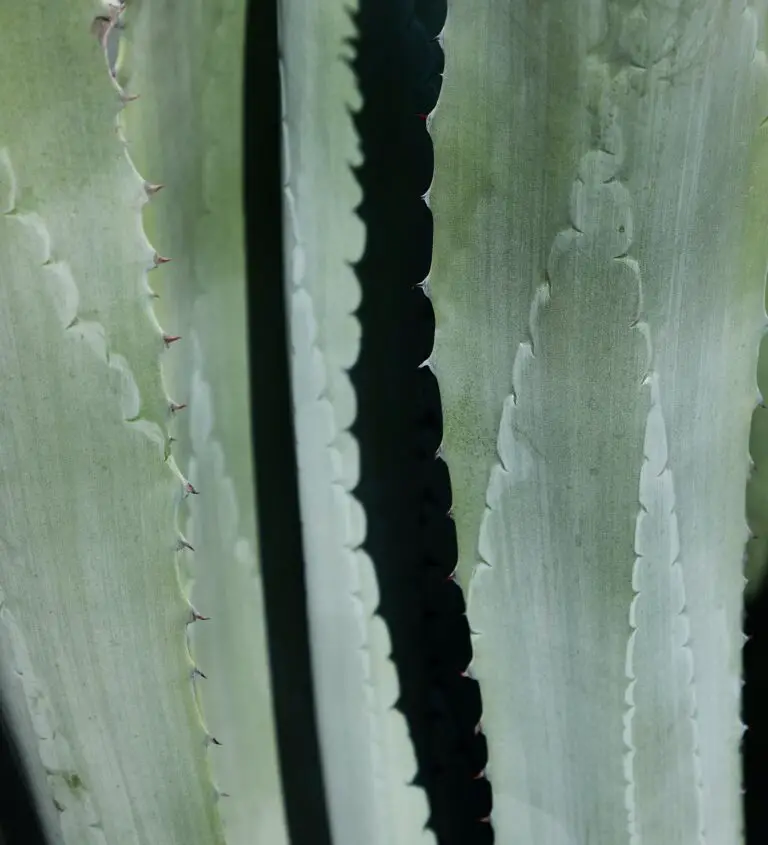
Safeguarding the Sand Lover
Conservationists are not sitting idly by as the threat looms. Protections are in place, with areas being designated as natural preserves to shield the Aloe arenicola and its sandy domain. Researchers are taking to the field, studying population dynamics to craft effective conservation strategies. Their work ensures that each plant counts and that our efforts are scientifically sound, not shots in the dark.
Joining the Conservation Effort
What can the everyday succulent enthusiast do to aid in this noble cause? Start local! Nurseries offering cultivated Aloe arenicola plants provide an alternative to wild collection, which can further stress natural populations. By supporting these ethically-minded growers, enthusiasts ensure the longevity of their beloved sand dwellers. Citizen science projects also offer a platform for amateur conservationists, turning observations into valuable data points that inform protection efforts.
To truly make a difference for the Aloe arenicola, consider directing your green thumbs towards ecological organizations dedicated to preserving natural habitats. Volunteer, donate, or simply spread the word—every action, no matter how small, plants a seed for the future of this remarkable species.
Landscaping with Aloe Arenicola
Inviting Aloe Arenicola into your garden is akin to injecting a touch of arid elegance right into your backyard. This unassuming yet striking succulent stands as a testament to resilience and beauty, capable of enlivening any landscape with its sculptural leaves and vibrant blooms.
When plotting the classic to contemporary transition in garden design, Aloe Arenicola proves to be a flexible companion. It’s a natural fit for rock gardens or desert-themed landscapes, yet, it effortlessly slips into a more traditional garden ambiance, providing a pointed contrast to softer plant forms. Consider framing a pathway with this steadfast sentry or creating a focal point in a sun-soaked corner of your eden.
Beautifying with the Sandy Sentinel
For a start, appreciate Aloe Arenicola’s bold, architectural shape, which can add dramatic vertical lines to a space of horizontal humdrum. It’s not just about aesthetics; this plant’s thick, waxy leaves are designed to retain water, a clever adaptation to its native sandy habitats. The takeaway for the aesthetically inclined gardener? Minimal watering needs mean more time to revel in garden beauty with less work. Its seasonal yellow or red flowers are like nature’s exclamation points, ensuring your garden’s year-round appeal.
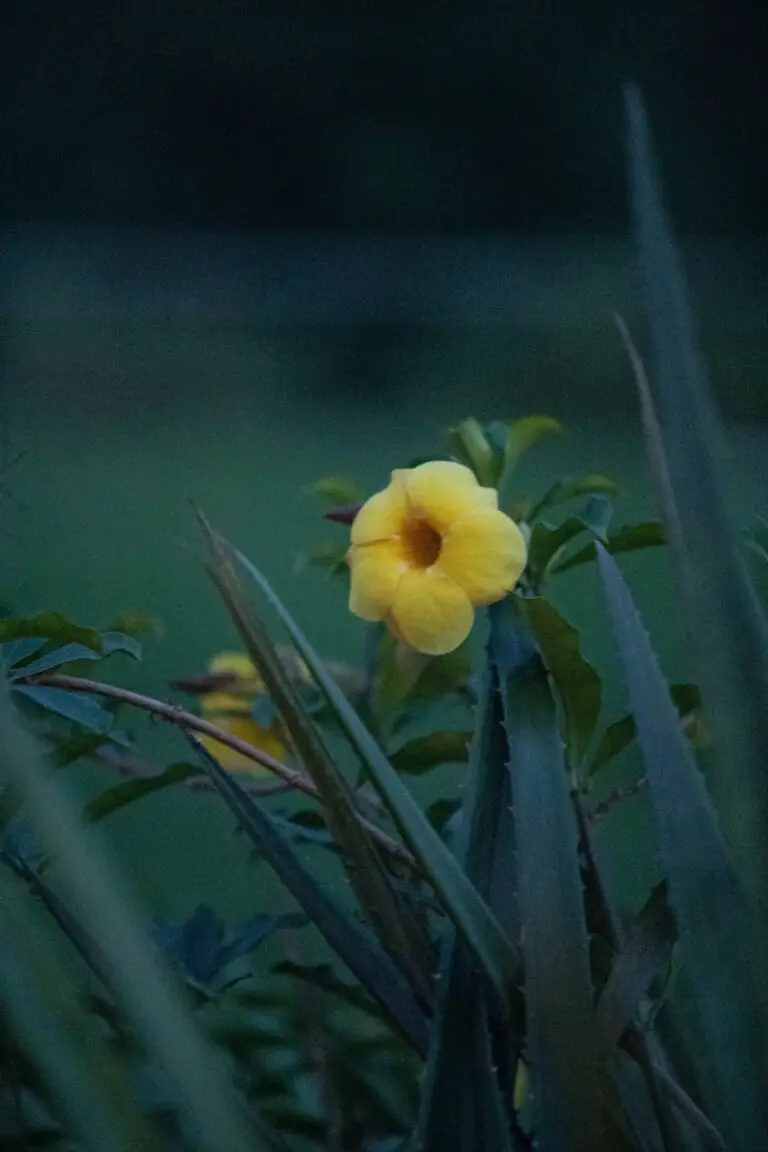
Companion Planting Confidential
Teaming up Aloe Arenicola with the right associates can turn your garden from simply pleasant to eclectically splendid. Lavender, with its fragrant purple spikes and calm demeanor, complements the Aloe’s audacious forms. Meanwhile, ornamental grasses undulate gracefully with the wind, softening the scene. Succulents and cacti, obviously, are kin in drought tolerance and can create a harmony of textures and forms. For the color thrill-seeker, intersperse with brightly colored annuals or perennials, like red-hot pokers or agapanthus, which will stand stark against Aloe’s greenery.
Embrace Aloe Arenicola’s low maintenance and stylistic versatility to rejuvenate your outdoor tableau. With thoughtful placement and complementary botanical partnerships, it’s set to be the stoic star of any garden.
Frequently Asked Questions About Aloe Arenicola

How Do You Care for Aloe Arenicola?
Let’s dive right into what makes Aloe arenicola tick! Imagine you’re basking in the sun on a serene sandy beach – that’s exactly what this sun-loving succulent craves. Give it a sunny spot, and be frugal with water; think of a rainstorm in the desert – occasional but meaningful. Ensure good drainage, too, as this aloe doesn’t fancy ‘wet feet.’
What Are the Steps for Propagating Aloe Arenicola?
Propagating Aloe arenicola is like unlocking a secret garden! Wait for the offset, also known as a ‘pup,’ to sprout from its base – a mini-me of the mother plant. Gently separate it when it has a few leaves of its own, and plant it in a cozy, sandy mix to start a new chapter of growth.
What Benefits Does Aloe Arenicola Offer?
This aloe is not just a pretty face! It’s a miniature oasis of benefits. Just like its aloe cousins, the gel-filled leaves can be a soothing balm for minor cuts and burns. But wait – there’s more! It’s a humble air purifier, silently detoxifying your space from those pesky pollutants. Remember, though it’s helpful, it’s not to be ingested – this aloe is for external use only.
How Does Aloe Arenicola Differ from Other Aloe Species?
While it shares the family trait of resilience, Aloe arenicola stands out with its love for sandier soils – giving it the nickname ‘the sand-loving succulent.’ Unlike the towering aloe vera, it’s more compact and makes a statement without overwhelming your space. Its unique pointed leaves add a touch of architectural flair to any room, garden, or balcony!

